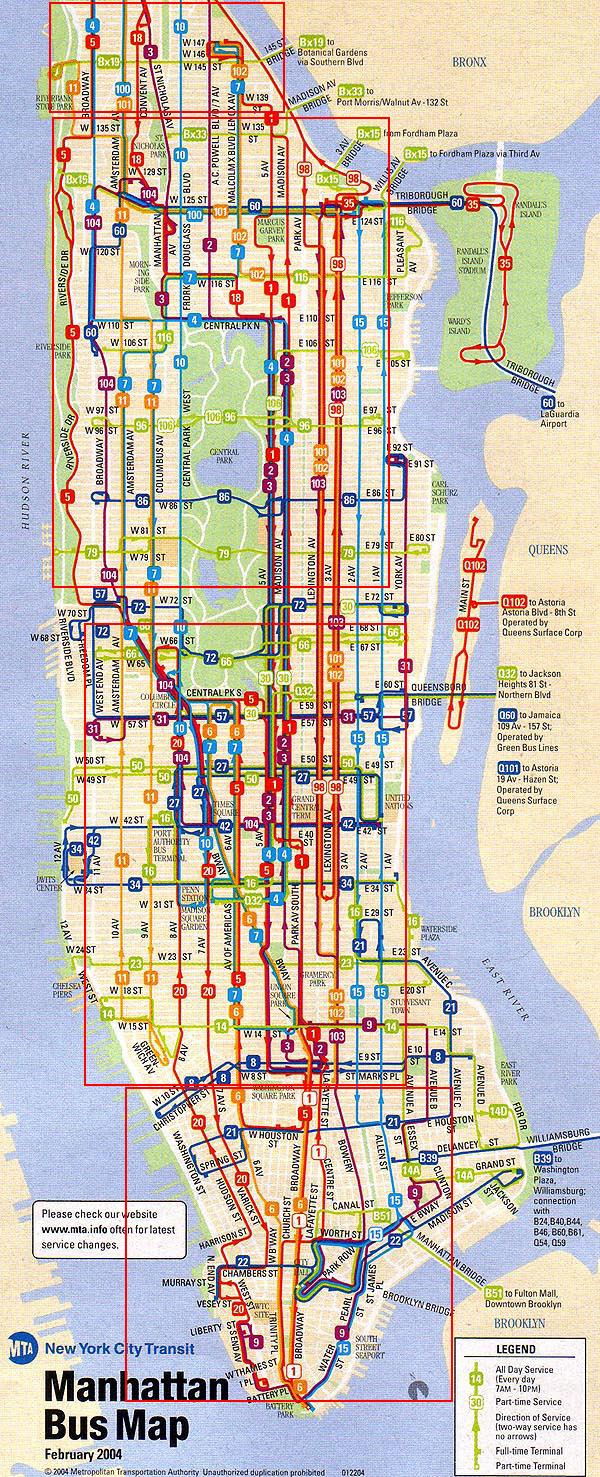I'd like to see ~$100 million allocated to allow for intersections along those corridors to be reconfigured to have queue jump lanes. That alone would make a huge difference in the quality and reliability of surface routes.
If nothing else, if you can shave 5 mins off a run, that will allow the TTC to either increase frequency at no cost, or adjust the number of buses to reduce the operational costs of that route.
The routes I would include are: Martin Grove, Islington, Jane, Keele, Bathurst, Leslie, Don Mills, Victoria Park, Warden, Kennedy, McCowan, Morningside, Lawrence, Wilson/York Mills/Ellesmere, Sheppard West, and Finch.
That seems like a lot, but keep in mind that we're only talking about intersections, and a lot of the intersections on those corridors are common between both selected corridors.
